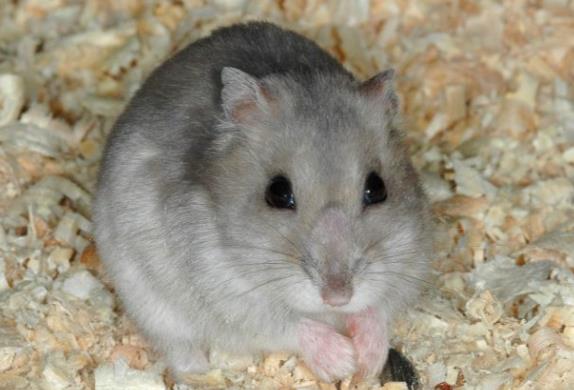Here is information regarding the lifespan and related details of the Siberian hamster (also known as the Djungarian hamster):

I. Basic Lifespan Range
Average lifespan: Typically 2–2.5 years, making them one of the shorter-lived dwarf hamster species.
Maximum lifespan: Under scientifically sound care, a small number of individuals may live up to 3 years, though cases exceeding 3 years are extremely rare.
II. Influencing Factors
Species traits
Compared to Syrian hamsters (golden hamsters), which live 2.5–3 years, Siberian hamsters have a shorter lifespan.
Roborovski hamsters (often called "dwarf winter white" or "Phodopus roborovskii") can live 3–4 years, significantly longer than Siberian hamsters.
Housing conditions
Environment: Maintain temperatures between 18–26°C and disinfect cages regularly.
Diet: Provide nutritionally balanced hamster food, avoid spoiled items, and supplement with fresh fruits and vegetables.
Breeding impact: Female hamsters that never breed may have a longer lifespan.
Health management
They are sensitive to microorganisms and need protection against common illnesses like colds and diarrhea.
Physical functions decline noticeably in old age (after 1.5 years).
III. Lifecycle Comparison
3 months old: Equivalent to a 12-year-old human; reaches adulthood.
1 year old: Equivalent to a 35-year-old human; begins to age.
1.5 years old: Officially enters the senior stage.
IV. Tips to Extend Lifespan
Avoid inbreeding to prevent genetic diseases.
Provide a quiet environment to reduce stress (Siberian hamsters are easily startled).
In old age, reduce high-protein foods and increase easily digestible nutrients.
Note: Actual lifespan varies significantly by individual; the above figures reflect statistical averages.
